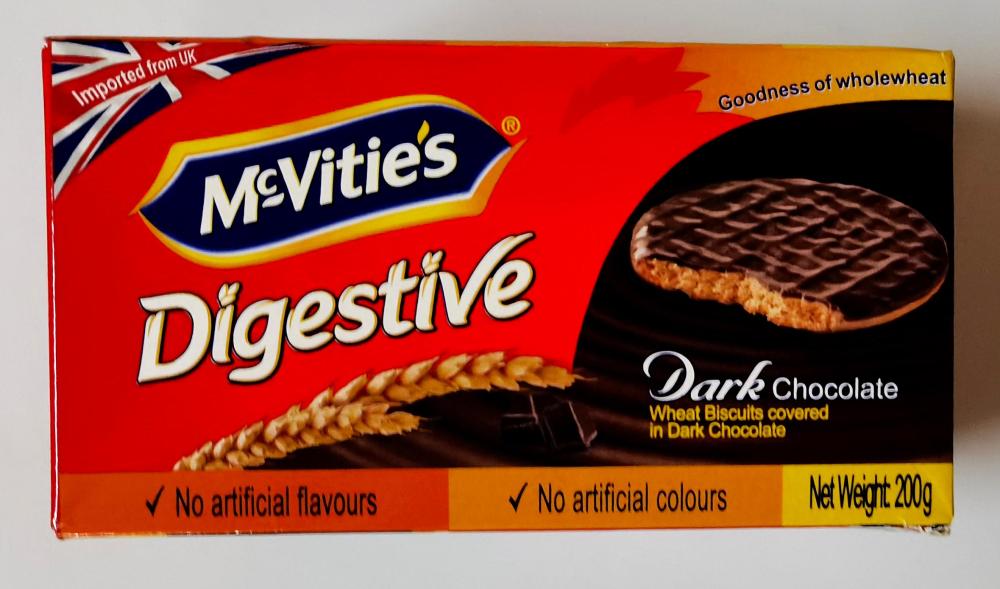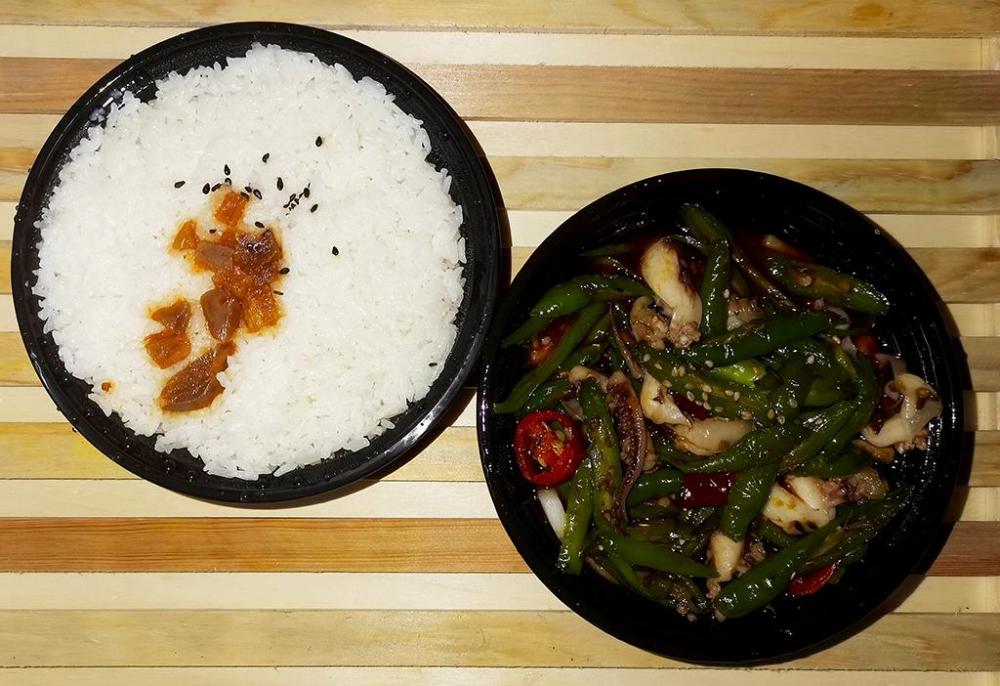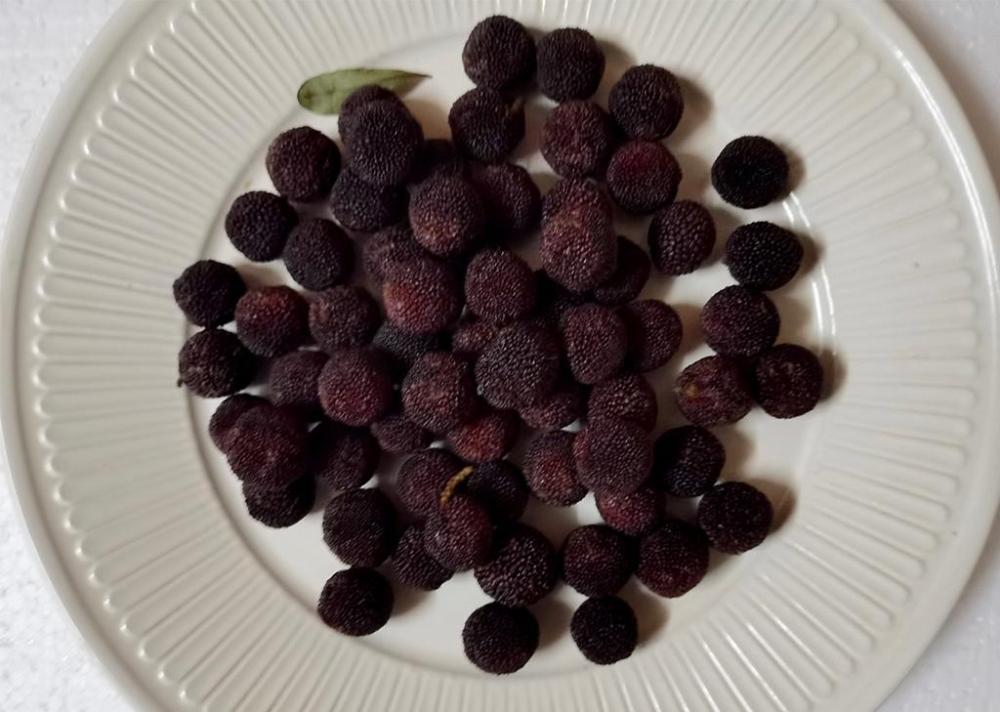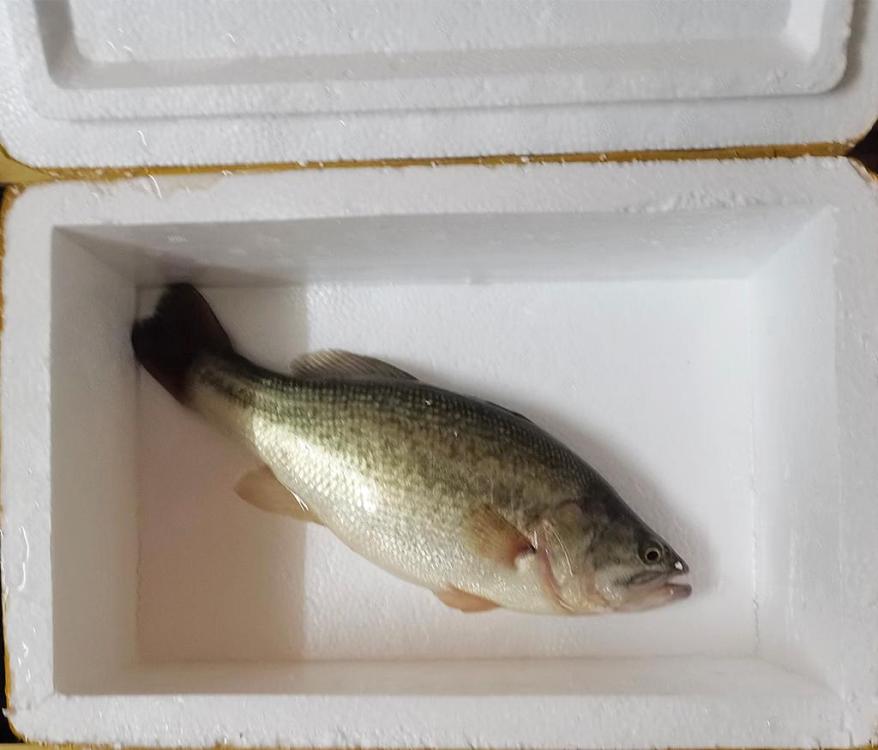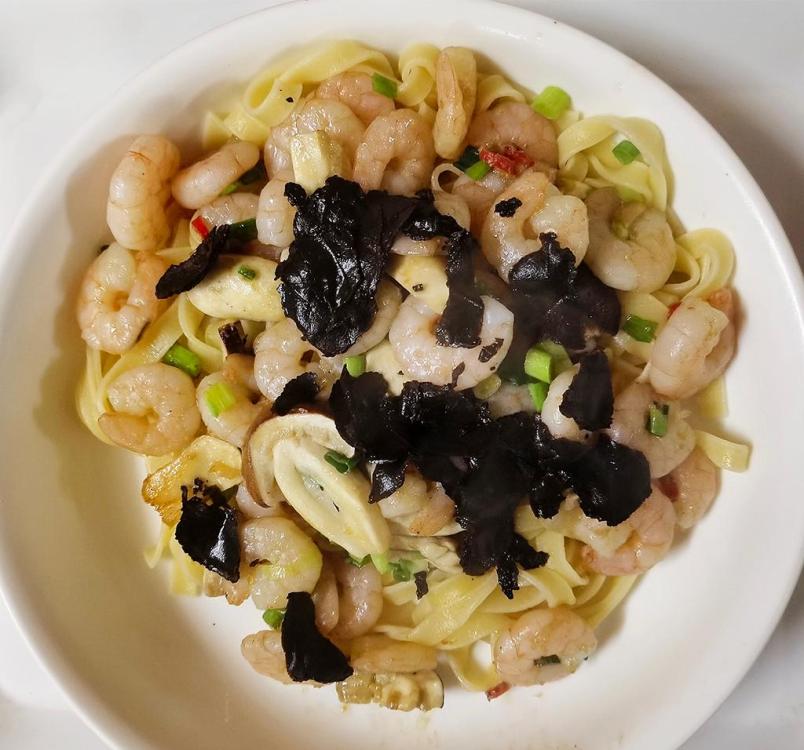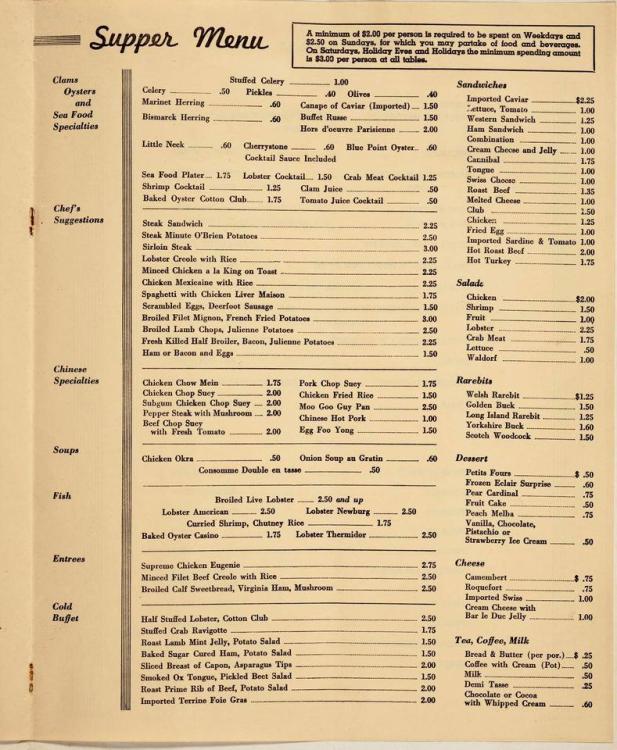-
Posts
16,673 -
Joined
-
Last visited
Content Type
Profiles
Forums
Store
Help Articles
Everything posted by liuzhou
-
They pack it in front of you at the table and have a lot of experience of doing so, but if there is any doubt they will ask you how you like it or you can volunteer your preferences.
-
Yes, I know "doggie bag" culture is common in N. America, but I think it's more ubiquitous in China. It is literally every restaurant I've been to; from cheap dives all the way up to mega-expensive deluxe places. There is no embarrassment at all. The wait staff package our leftovers. They expect to. And no tipping!
-
打包 (dǎ bāo, literally, 'pack bag') is a well established tradition in China. Every restaurant from hole-in-the wall shacks to fine restaurants has this service. It is expected. The restaurants supply suitable containers. I've also noticed that very little food is wasted in domestic kitchens. It is very such seen as a 'sin' to waste food. Famine is still a living memory. Wasting rice is particularly taboo.
-
-
I must admit that I think Himalayan Pink Salt is a bit of a con trick. For a start, it isn't even from the Himalayas but nearby. It tastes exactly the same as any rock salt you can buy at a tenth of the price. The pinkness comes from impurities. Looks pretty, but that's all.
-
The fish came to me in a tightly closed plastic bag of water inside the styrofoam, but I took it out of the bag for the photograph otherwise you wouldn't have seen it.
-
A delivery dinner tonight for various reasons not worth boring you with. Hunan style spicy squid with dried red and fresh green chilli peppers. Rice with some pickled turnip on top. Not bad for the genre. Also came with a thin vegetable soup. 22元 CNY / $3.19 USD.
-
杨梅 (yáng méi), bayberries, Myrica rubra. One of my favourite fruits - sweet and sour. It's a little early in the season, so not at their best yet, butstill good.
-
One thing I like about food shopping in China is the freshness and nothing gets fresher than fish and other seafood. Almost always sold live even for home delivery. This just turned up my door half an hour ago. It's a river bass and there was water in that box but the fish was flapping about so much, 99% of it has been sprayed around my kitchen It has now been refilled and he or she has calmed down a bit. Will cook tomorrow. Been invited out tonight. P.S. I do have a video of the fish flapping, in case anyone doubts my tale. I can't seem to upload it at the moment - China's embarrasingly disfunctional internet again.
-
I have written more about them on the Mushrooms and Fungi in China topic here.
-
They are probably made here and taste better than Chinese truffles!
-
I am house bound, but right out of spike heels! I have to say that Chinese truffles are useless. I had to buy a couple to photograph for something I was working on and thought to not waste them. I wasted time instead. Totally tasteless but decorative, I suppose - like the gold leaf those idiot chefs put on steaks for their idiot customers!
-
-
McVities are quite international. Their products are easy to find here in China. But not Garibaldis (not a McVities product), although there is a local version which isn't at all bad. No doubt, you have been wondering all your life what McVities is in Chinese - 麦维他 (mài wéi tā). http://www.mcvities.com/
-
I don't know how widely available these are but seafood mushrooms.
-
Thanks for the post. I'm less interested in Mexico, but you reminded me of the Italy series, a few of which I watched. Now watching them all. He and his wife were sitting on the next table to me in a London restaurant a few year ago. Of all things, a Chinese restaurant!
-
I'll have to fire up my time machine and head back to 1938 and make for NewYork!
-
I'm wondering what a "Western" sandwich is and worrying about the 'Cannibal' sandwich!
-
-
So? What's the question about that?
-
They have Tupperware licenced stores here in China where they sell plastic boxes conveniently priced at 10 times the plastic boxes on sale in supermarkets.
-
I'm not sure about vegetables, but dried pork or fish or shrimp are routinely used like spices in China. Known as 肉松 (ròu sōng) pork floss in the porcine version, 鱼松 (yú sōng) if fish and 虾皮 (xiā pí) if shrimp. Available everywhere round here.
-
Found in: Smiley's cook book and universal household guide, a comprehensive collection of recipes and useful information pertaining to every department of housekeeping...1896.




